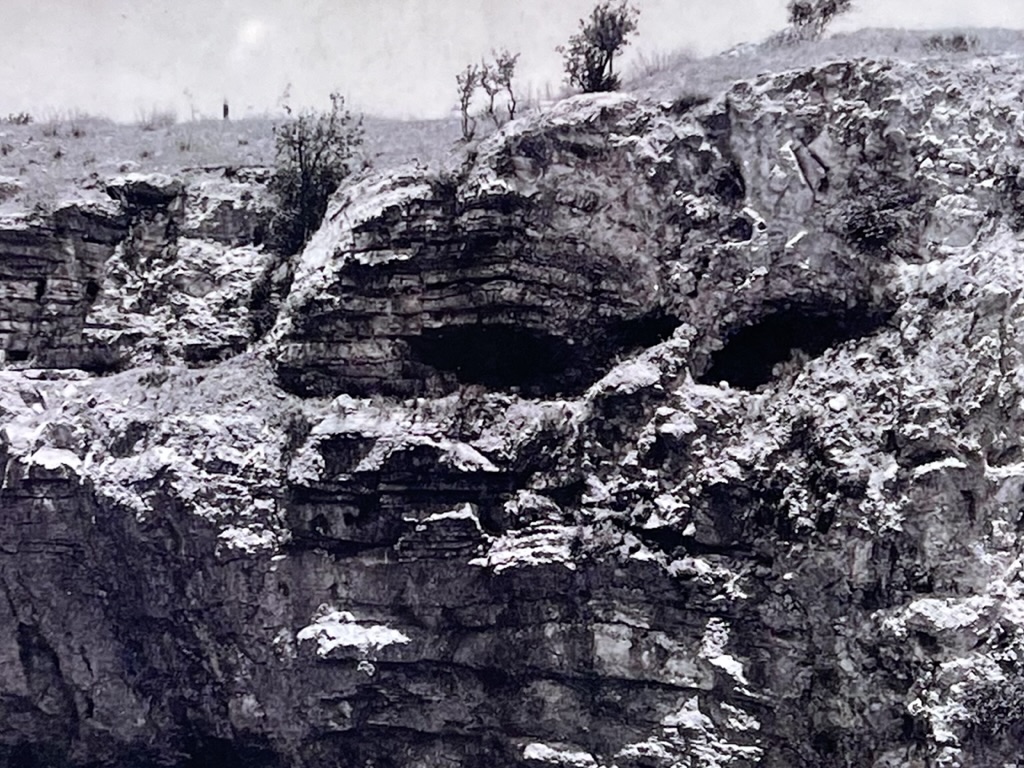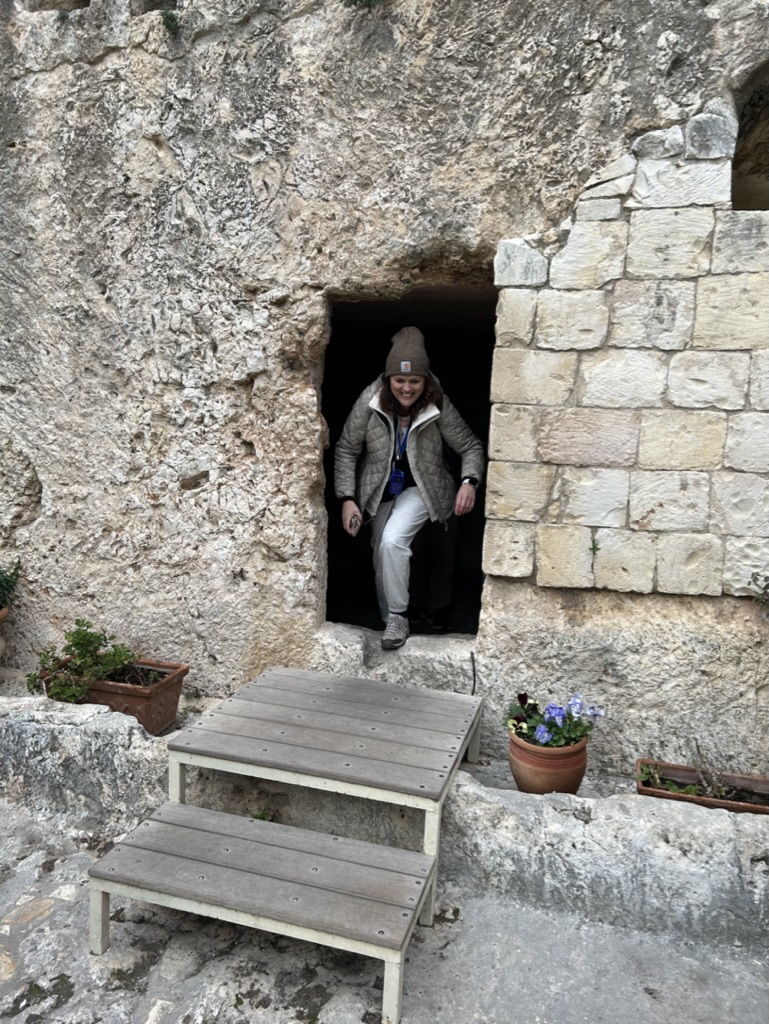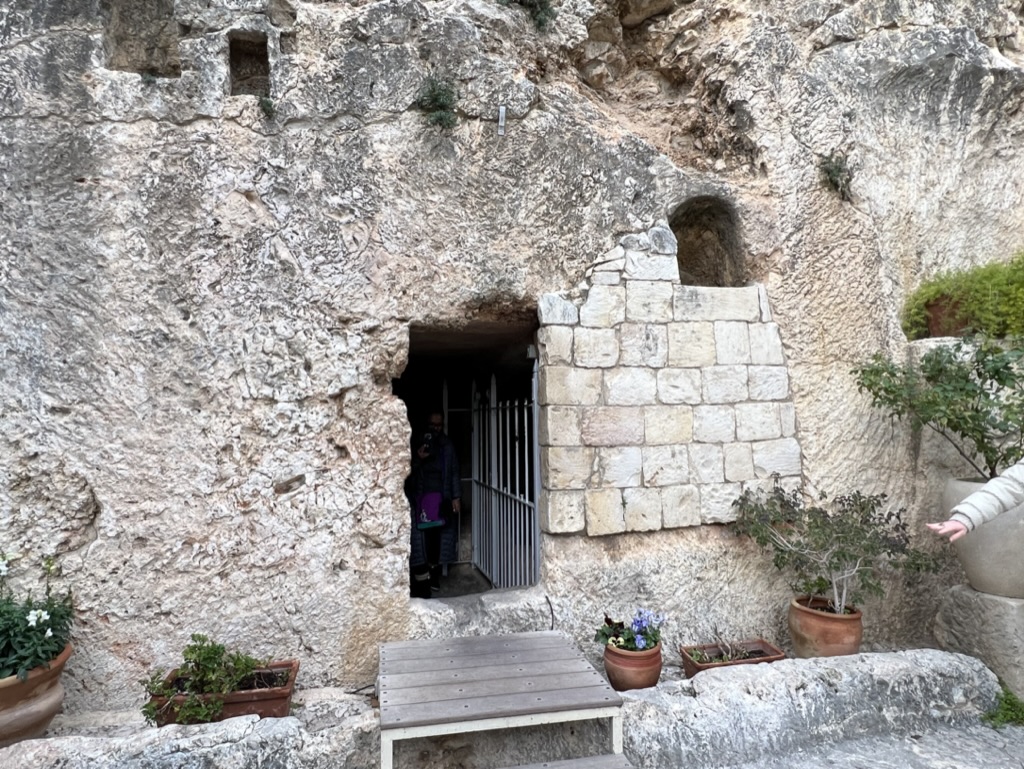15 amazing truths about the Easter story & how Jesus wasn’t a victim
Why does Easter matter?
Easter weekend is so much more than clothes, ham dinners, communion, and a brief contemplation of the cross.
I urge you to dig deeper. To think deeper. To pray deeper.
Time to contemplate the unbelievable love of God and sacrifice of Jesus. I encourage you to read Matthew 26-28, Mark 14-16, Luke 22-24, and John 18-21. It never gets old. I cry every time.
The history and science of Jesus’ crucifixion is difficult to comprehend and even harder to learn about. Below are facts and links that could make your gratefulness and understanding of Jesus’ agony and love for us even greater than it is already. I encourage you to click on the links to find out exactly what Jesus did for us 2000 years ago.
- Jesus’ trial was illegal, according to Jewish law. Click here for details. Why does that matter? Well, Jesus knew it was unjust, and yet He subjected Himself to it because He humbled himself to experience the full range of human despair. That’s why He understands us–He’s felt what we feel. All the betrayal. All the unfairness. All the pain. All the sin.
- All the disciples fled from the arresting soldiers at the garden arrest, including the teenager Mark, who records himself in his gospel. Peter took a stand by cutting Malchus’ ear (servant of the High Priest). Perhaps when Jesus healed Malchus, Peter realized this was not going to be a fight they would win. He hovered outside Jesus’ trial in the cold, waiting for word of the events (where he would deny Jesus 3 times). John knew the High Priest’s family and gained admittance. He was apparently not permitted to speak on Jesus’ behalf.
- A father was pulled from the mob to help Jesus carry his cross, leaving his two sons, Alexander and Rufus, behind. They were travelers from Cyrene, in Africa. Pulling an African to help may have been an act of racism by the Romans. Not hard to believe, since they perfected torture. Simon apparently became a believer; scholars think that he and his children are mentioned as believers in Paul’s letters. At any rate, he likely went back to Africa with the story of Jesus’ death and resurrection.
- Flogging, in addition to its brutality, created blood loss and cardiac problems, which would jump-start death by crucifixion (a slow death by suffocation).
- The word “excruciating” is a derivative of “crucifixion.” The science of crucifixion is gruesome and diabolical. The Romans perfected this punishment with calculated precision, from the flogging to the actual dying process.
- Golgotha, the “Place of the Skull,” was a hill of execution. The Jews had already used the mount for execution–they threw accused persons off the top, to their deaths. Golgotha was a rocky outcropping just outside the ancient city walls, along the main Roman thoroughfare connecting Jericho, Damascus, and Jerusalem. Crosses were not placed at a distance; instead, they were placed right along the road so everyone could see the criminals’ agony up close. Everyone leaving the city would stare directly at Jesus’ nakedness, his disfigured face, and this body writing in pain and covered with blood. This was the pattern of Roman rule: fear. Ruins of Roman crosses are found all along Roman roads throughout Europe and the Middle East, including this spot.

- Ironically, a Pharisee and a member of the Sanhedrin were the 2 men to bury Jesus. Against the the collective hatred of their religious affiliations, they acted out their faith and showed respect and mercy to the disrespected body of the Lord.
- Jesus’ death fulfilled at least 34 prophecies, including the torture he would endure and how he would respond to it. Even in his agony, Jesus took the time to save a thief, take care of his mother, and forgive his tormentors. (See especially Psalms 22, 35, 69, Isaiah 53, and Zechariah 11.)
- Joseph of Arimathea, a believing member of the Sanhedrin, owned a garden near Golgotha. It had a vineyard, working wine press, and lovely paths and plantings. It also contained a new tomb carved into the rock. In ancient times, Jews wrapped and buried a dead body with spices to preserve it for the first year of its burial. After the body had decayed, they would take the bones and condense them into a bone box, which would be shelved in the tomb with other family members’ bones. They did not mummify bodies as the Egyptians did.
- Nicodemus (now a true believer in Jesus) helped Joseph of Arimathea take Jesus’ marred body down from the cross following His death in the afternoon. The men only had until sundown to hastily prepare Jesus’ body and transport it to the nearby tomb for burial, because when the sun set, shabbat began (as well as the Feast of Passover, a special shabbat). It was unlawful for anyone to be out working after sunset. The men likely skipped preparing their own Passover feasts in order to prepare Jesus for burial. Because they hurried, the women felt the need to bring more spices at sunrise on Sunday, after shabbat had lifted.
- SATURDAY: Jesus’ followers spent Saturday hiding in shock and grief. Picture a family whose child is tried and convicted illegally, without legitimate evidence, tortured brutally, and then executed publicly–all within a night and a day. Now add to that the weight of three years that Jesus’ followers grew in their sacrifice, their awareness, their allegiance and belief that Jesus was the Son of God, the Messiah. Picture the countless miracles they watched and performed. Add to that their shame at deserting him during his arrest and their inability to rescue him during his trial. Their shared shame and dismay as he hung naked with criminals on the side of the road. Now add to that the awareness that the Pharisees would stop at nothing to stamp out Jesus’ influence and kill his followers. Saturday was a day of unimaginable grief and terror for Jesus family, friends, and followers. They were undoubtedly numb with shock and utterly without hope.
- Around sunrise, an earthquake shook Jerusalem. An angel came and rolled back the stone from Jesus’ tomb–not to let Jesus out–but to show that Jesus was already gone. The angel was so terrifying to behold that the guards fell down like dead men.
- Women were the first to see the empty tomb and the first to speak to Jesus. Mary, Mary Magdalene, Mary the mother of James, Salome, and possibly others. They brought spices, listened to the angel, and ran back to tell the other disciples what the angel said. The men didn’t believe them, although Peter and John did run to the tomb to see. Jesus appeared first to Mary Magdalene, alone in the garden. So many of Jesus’ glory-filled moments seemed to happen in a garden. Reminders of Eden, perhaps?
- Jesus appeared and spoke to all his disciples (except Judas, who killed himself) after his resurrection. He took individual time with many–Mary Magdalene, Thomas, Peter, the Cleopas family (on the Emmaeus road), and probably others. Jesus appeared to at least 400 individuals. Historians alike Josephus document witnesses who saw Jesus alive after his resurrection.
- After His resurrection, the disciples resumed fishing. Then Jesus performed the same miracle He did early in his ministry–a great catch of fish. After realizing the man on the shore was Jesus, Peter leaped in the water and swam ashore. Jesus asked Peter 3 times “Do you love me?” and commanded him to “Feed my sheep.” These words affirmed Jesus’ original calling on Peter’s life to “fish for men.”
Do the details of Easter weekend matter? Will they change me?
I am always overwhelmed with the glorious, miraculous details of Jesus’ exaltation on Easter morning. At the same time, I’m overwhelmed by the reality of his human suffering. Why He chose this path. It defies logic, yet it supports His promise to feel what we feel and suffer like we suffer. His death and resurrection are the reason I can walk out of every grave the enemy puts me in.

Jesus wasn’t a victim.
I think that’s important to remember. He knew what the Jews and Romans were going to do to HIm–how horrific His death was going to be, and He allowed them to do it. He knew He would feel–for the first and only time–the weight of the world’s sin, and He accepted that plan because His actions would save the world. He endured the agony for the time that He had predetermined, in the way that He had predetermined. I can’t even wrap my head around deciding to save humanity in such a way.
Jesus chose to suffer.
If I knew that my death would bring salvation to the world, maybe in my kindest moment, I’d be willing to die. But Jesus chose to be tortured rather than simply die in his sleep. He chose to die in the prime of his life rather than as an old man. He chose to be executed as a criminal rather than live as a free man. He chose to love his enemies rather than enjoy His friends. He endured everything all people endure–and yet He responded nothing like any person would respond.
While Jesus’ death is far from heart-warming, the scope of God’s plan for redemption should change us forever, every time we hear it. So in this life of suffering and confusion, we should take the broader look–at Easter, as well as other times. God offers salvation to us for this life and for the next.
For God did not appoint us to suffer wrath but to receive salvation through our Lord Jesus Christ. 10 He died for us so that, whether we are awake or asleep, we may live together with him. (1 Thess. 5:8-10)
None of our sins or failures can erase God’s calling on our lives. He uses everything–even what we misuse or abuse. Jesus is always calling, always reminding, always affirming. Never condemning.
For just as we share abundantly in the sufferings of Christ, so also our comfort abounds through Christ. 6 If we are distressed, it is for your comfort and salvation; if we are comforted, it is for your comfort, which produces in you patient endurance of the same sufferings we suffer. 7 And our hope for you is firm, because we know that just as you share in our sufferings, so also you share in our comfort. (1 Cor. 1:5-7)
For more Easter blogs, click on the following to read varying perspectives of the Cross from his followers:
Palm Sunday: John’s Perspective
Maundy Thursday: Judas’ Betrayal
Resurrection Sunday: Mary Magdalene’s Joy
Thanksgiving for the Cross (a prayer)



The Conversation
Thank you, Sue, for your highlights of some of the events that took place during and around the time of Jesus’ crucifixion and resurrection. Sometimes I like to point out to people how I think the most scariest times a believer could experience is like the time it may have felt like on the second day (Saturday) after Christ’s crucifixion – fear of the unknown of where to put your trust and faith, confusion from seeing Jesus, the miracle maker, being overcome by the religious and political community, and still not having the comforter to bring peace from within. I also believe that there may be numerous believers who experience relentless grief when they live a life I call the “second-day” syndrome perhaps because of not growing in the word of God, a wavering faith, and not completely trusting the Holy Spirit to comfort them. And there was a time when I use to subject my faith to the “second-day” syndrome, however, after growing and being fruitful in Christ and seeking Him more and more each day, fear and uncertainty have diminished.
Jerome, thank you for your comments. I have never heard of “second-day syndrome.” Wow, what a great point!
I have always heard that the whip used was divided and embedded with rocks and glass anything that would rip open the skin. May I make a copy to put on my fb page I have a great deal of people on the cusp of believing.
Karen Thomas
kethomas@henrico.k12.va.us
Yes, feel free to share the links and the URL to my blog. Thanks for help with traffic. So glad this might help some people with understanding! Thanks for writing.